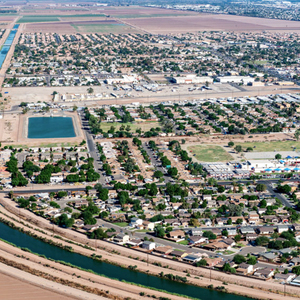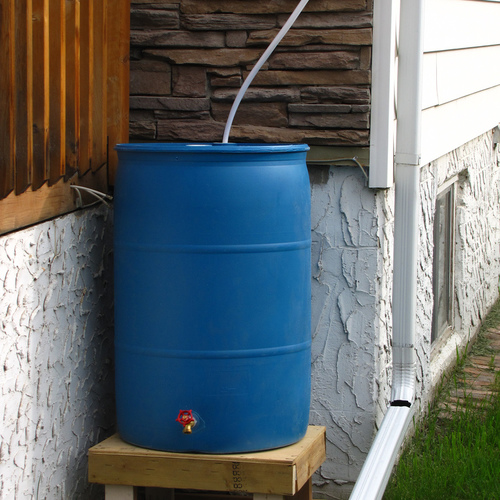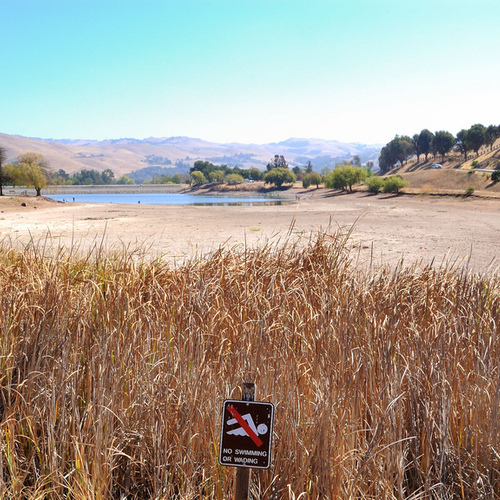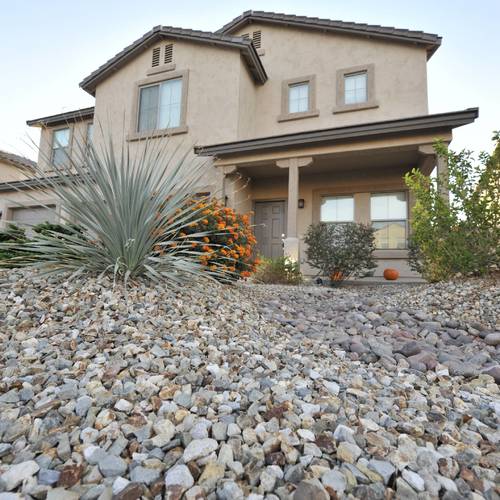
Image Credit: Matt Geyer
The American Southwest is running out of water. For a powerful reminder, if any is needed, of why builders in Western states should integrate water-conservation strategies in all new buildings, check out a new book by James Lawrence Powell, Dead Pool: Lake Powell, Global Warming and the Future of Water.
Powell’s message is stark: according to scientists’ best predictions, millions of Americans living in the Southwest will face unprecedented water shortages in the next few decades.
Only half full
The rapid growth of Southwestern cities was made possible by two huge Colorado River projects undertaken by the U.S. Bureau of Reclamation: the Hoover Dam, completed in 1935, and the Glen Canyon Dam, completed in 1966.
Although the two reservoirs created by these dams, Lake Mead and Lake Powell, allowed millions of Americans to move to the desert, Colorado River water is now being consumed at such a high rate that the reservoirs are rarely full. At the end of October 2007, Lake Powell and Lake Mead each held only 49 percent of capacity.
A resource to be exploited
For decades, the Bureau of Reclamation’s predictions of Colorado River flow have been based, to put it charitably, on wishful thinking and junk science.
Powell shows how federal bureaucrats and politicians used flagrant exaggerations to promote dams on the Colorado River. Powell writes, “As experience accumulated, it became apparent that not only did the agency routinely underestimate costs, it did so by at least a factor of two.”
The taxpayers ended up footing the bill for dams that supply farmers with subsidized water that costs far more to deliver than the value of the resulting harvests justifies. Powell concludes that these massive Western water projects amounted to “a kind of hydraulic Ponzi scheme.”
During most of the twentieth century, the Bureau of Reclamation,…
Weekly Newsletter
Get building science and energy efficiency advice, plus special offers, in your inbox.

This article is only available to GBA Prime Members
Sign up for a free trial and get instant access to this article as well as GBA’s complete library of premium articles and construction details.
Start Free TrialAlready a member? Log in















5 Comments
Cadillac Desert
Hi Martin,
Marc Reisner's 1986 book Cadillac Desert gives a good history of the hubris that led to the large and small scale public infrastructure dam projects in the west. It is a good read too!
http://en.wikipedia.org/wiki/Cadillac_Desert
Unfortunately I can envision the possibility of repeating some of these same historical mistakes as the U.S. administration realizes it has to actively create jobs. Their was a real need during the depression for Roosevelt's administration to actively build public infrastructure projects to create jobs. And Obama may need to do the same thing.
The trouble is that there is always more focus on putting money and effort into generating megawatts than their is in reducing energy load. There are jobs to be created in both endeavours, but new green megawatts will still have an environmental impact where as new negawatts can be an overall benefit to the environment.
Andrew
Desert SW
Great article,
I always thought this would be a great area for pumped storage, solar power during the day to pump water back over the dams. Evaporative surface losses from Powell and Mead are high so this may not be viable. The water situation is an interesting one, subsidized agriculture will feel the pinch.
Solar Power and Lake Meade
Great article. Las Vegas is rushing to complete its new, third, and lower, water intake in Lake Meade before decreasing reservoir levels uncover one of them. The third water intake might allow Las Vegas some extra time before the town goes dry. But before that happens the hydroelectric power will have to be shut down, and worse, the prospect of storing daytime solar energy with pumped hydro will be gone as downstream flow would be too low to allow pumping water back up without disturbing downstream users and the environment. This will be a real blow to the future development of grid-based solar-generated electricity that desperately needs accompanying storage. Who would have thought that drought and water oversubscription would impact the development of solar power?
Updated information on the Southwest's water crisis
A September 27, 2010 article in the New York Times provides details on the worsening water shortages affecting Las Vegas and Phoenix. Read it here:
"Water Use in Southwest Heads for a Day of Reckoning"
"Lake Mead Hits Record Low Level"
October 18, 2010, New York Times: "Sometime between 11 and noon on Sunday, the water level in Lake Mead, the massive reservoir whose water fills the taps of millions of people across the Southwest, fell lower than it ever has since it was filled 75 years ago."
Here's the full article: "Lake Mead Hits Record Low Level."
Log in or become a member to post a comment.
Sign up Log in